Excellent survey from Greg Kucera on art in Seattle on ArtSlant, here. I especially like Kucera’s action at the beginning of 2009, foreseeing collector paralysis:
My staff and I called a meeting of them on January 2nd last year and explained our feeling that we were all in for a tough year. We related our experience at ArtMiami 2008, just a month earlier, and the collector paralysis we saw there. My response to this was to set our artists free from their contractual obligations to send all local sales through the gallery. I advised them to sell work as they could to family members, friends, the postman, their plumber, whoever they could sell work to without any commissions coming back to the gallery. Still, though a few artists took me up on that permission, others sent sales back through the gallery.
Kucera has a great Web site, which wouldn’t be true had he built it or insisted on running it. He pays for it. That suggests he appreciates what online can do for him. Left to his own devices, however, he’s hardly in the forefront. Here’s what he said about arts coverage in Seattle:
We saw the press
and media coverage for the arts diminish. With the demise of
the Seattle Post-Intelligencer, we lost print reviews by our most
active art critic, Regina Hackett. Her blog, Another Bouncing Ball,
can now be found on ArtsJournal.com.
The Seattle Times retired its art critic, Sheila Farr. The Seattle
Weekly hasn’t made a commitment to the visual arts in years. Jen
Graves, art critic for the Seattle Stranger is now the last critic
standing and still writing regularly for print publication. Her
writing also appears on The Stranger’s Slog.
Only because Kucera values writing that is printed on paper above all other kinds can he say coverage for the arts has diminished. Instead, it has never been more robust. Why?
The art blogs. (Go to my blog, look right just below the scroll of recent comments for a list.) Despite what he wrote, Kucera knows this. He mentioned them, but he composed his first draft in his email account, failed to save and accidentally pushed delete. His second draft, written in haste but admirable anyway, omitted these tributes only by accident.
And the other reason for the currently robust critical scene is not online but is printed in newsletter form – Matthew Offenbacher’s La Norda Especialo, a zine of artists’ writing. (Althpough not online, it can be downloaded as a pdf. ) Like Kucera, Offenbacher values print on paper, not quite ready to believe that what’s online only is the same real deal.
There are other lines he is loathe loath to cross. I asked him if I could write for La Norda, and he said no. Artists only. By way of softening the blow, he allowed that I could contribute my own drawings, if I wanted. Offenbacher’s zine proves once again that the best critics are not always critics at all but artists writing on the side, insiders looking at each other’s practices.
Other news:
Blake Gopnik on Brian Junger. Not just no, but hell no. Just because Junger’s work has wide cultural resonance doesn’t mean it lacks a primary connection with the Native North American experience.
Christopher Knight on LA City Council arts funds cuts, promised to be deep. Ditto government cuts in B.C., and ditto in Seattle at 4Culture.
The problem of art plagiarism, again. I’d say in this case, photographer Alex Brown has good reason to complain.
By planting clues to their location on facebook and Twitter, Patrick Skoff gives away his paintings to get attention, making his relational aesthetics the point and his non-too-engaging paintings a byproduct. (Chicago Tribune report here, via AJ) Donald Young is quoted in this story. Does the Trib review Young’s shows? Rarely. Instead, it quotes him on an art party trick.
Finally, Tyler Green is unable to write the word dickish, even in a quote. He writes it, d*ckish. How remarkably arch of him. Did George Carlin live in vain? (On the subject of Green’s post, Jerry Saltz vs. John Yau, I side with Saltz. Yau’s slam that Jeff Koons appeals to rich people is boring, as well as a gross misunderstanding of the history of art.)
Back to Carlin. Tyler, this one’s for you.



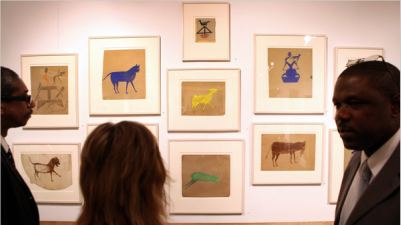 Outside is the place
Outside is the place One mural would be tolerable. Even two. The number he has done is an outrage. If I wanted to live inside a sentimental children’s book, I’d be well on my way to starkers, and I’d ask him to paint the walls of my padded cell. Ward is whimsical. A sense of whimsy is fine in toddlers, but by the age of reason, children are ready to move on to more substantial fare.
One mural would be tolerable. Even two. The number he has done is an outrage. If I wanted to live inside a sentimental children’s book, I’d be well on my way to starkers, and I’d ask him to paint the walls of my padded cell. Ward is whimsical. A sense of whimsy is fine in toddlers, but by the age of reason, children are ready to move on to more substantial fare. 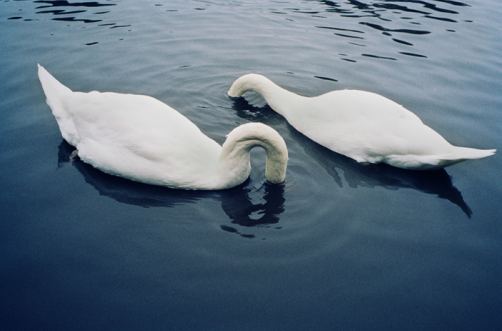
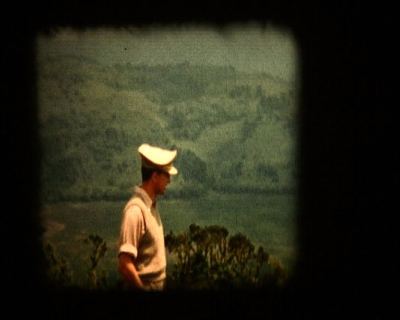 I also thought of David Pagel’s review of Diana Thater in the L.A. Times:
I also thought of David Pagel’s review of Diana Thater in the L.A. Times: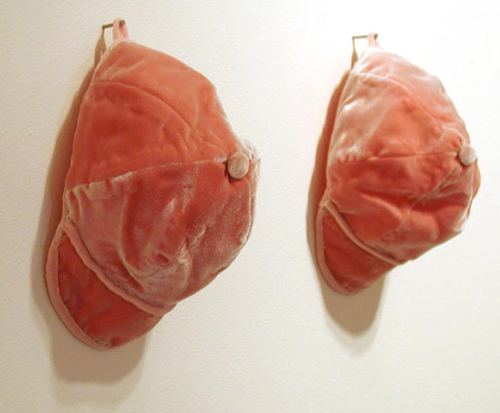 The rest keep a record of their tears.
The rest keep a record of their tears.
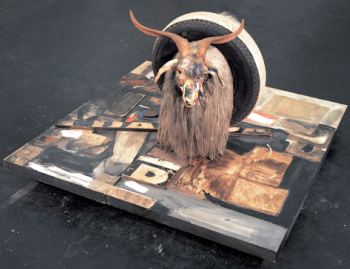 His reaction?
His reaction?
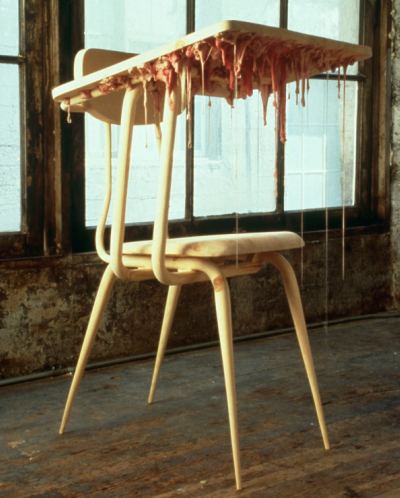
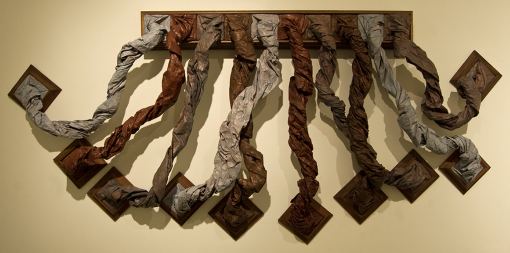 Trajectory
Trajectory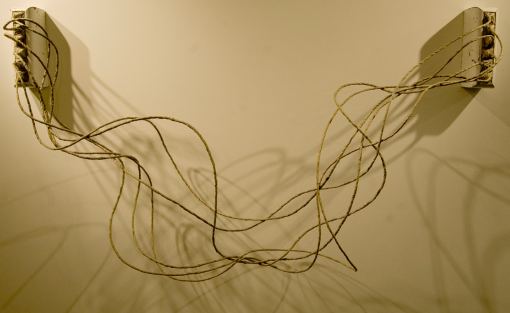 Lytle graduated from Cornish in 2009. He’s off to a good start.
Lytle graduated from Cornish in 2009. He’s off to a good start.